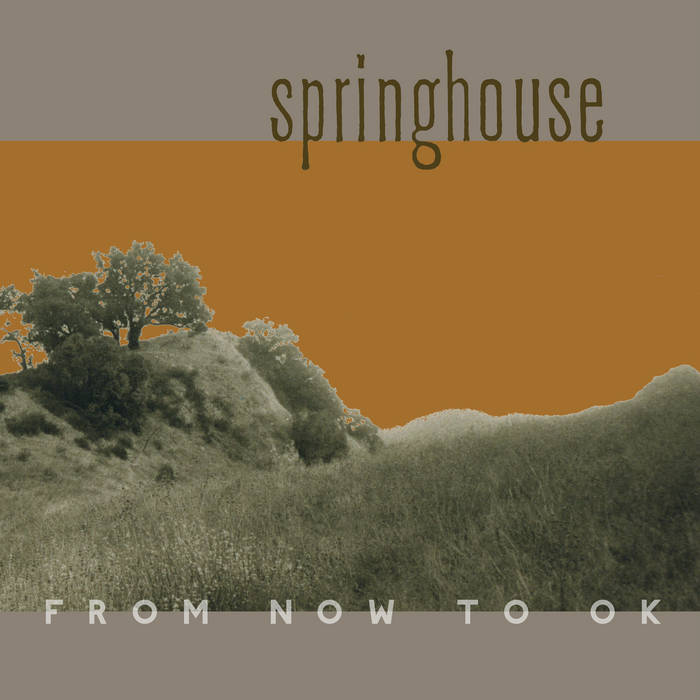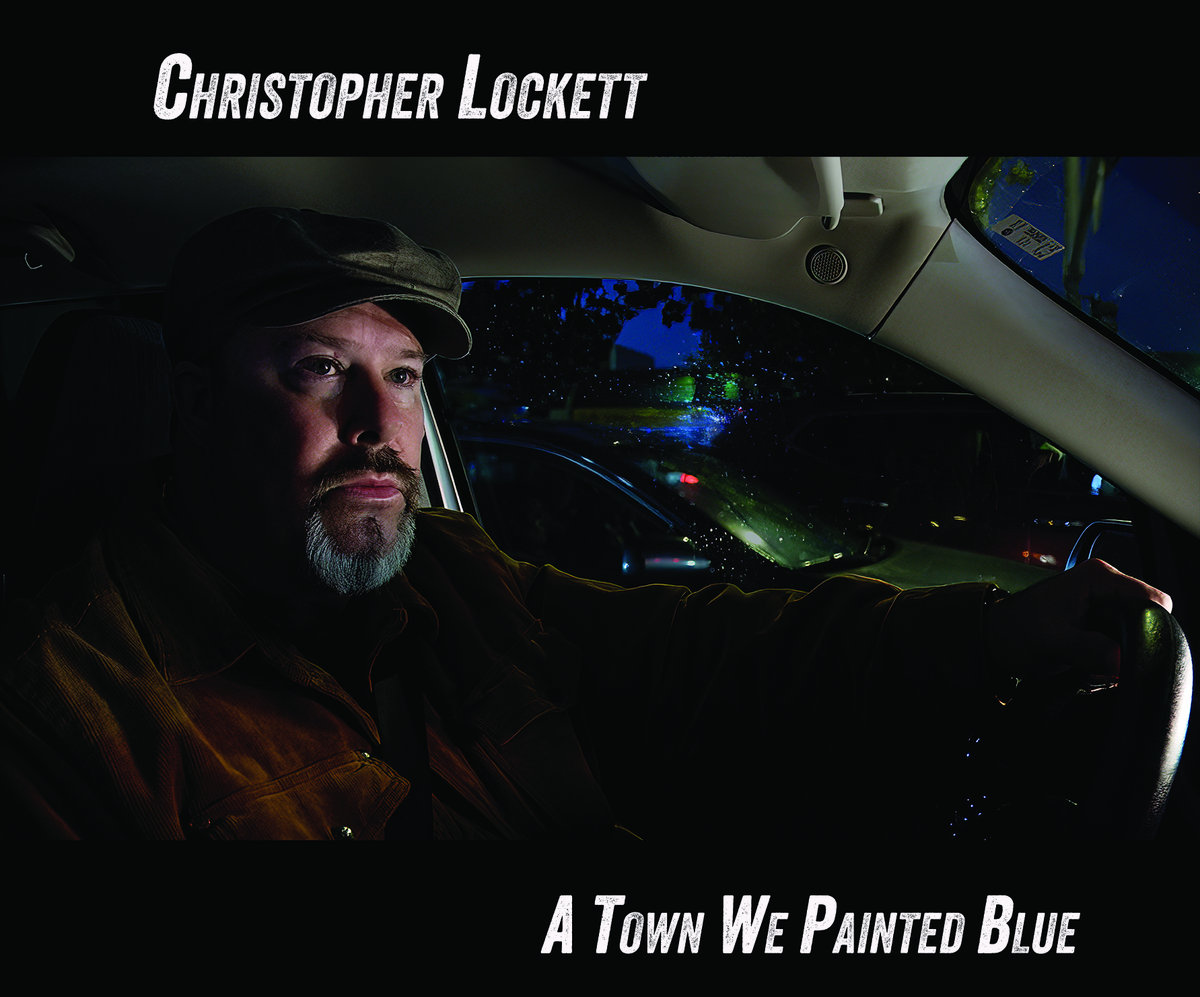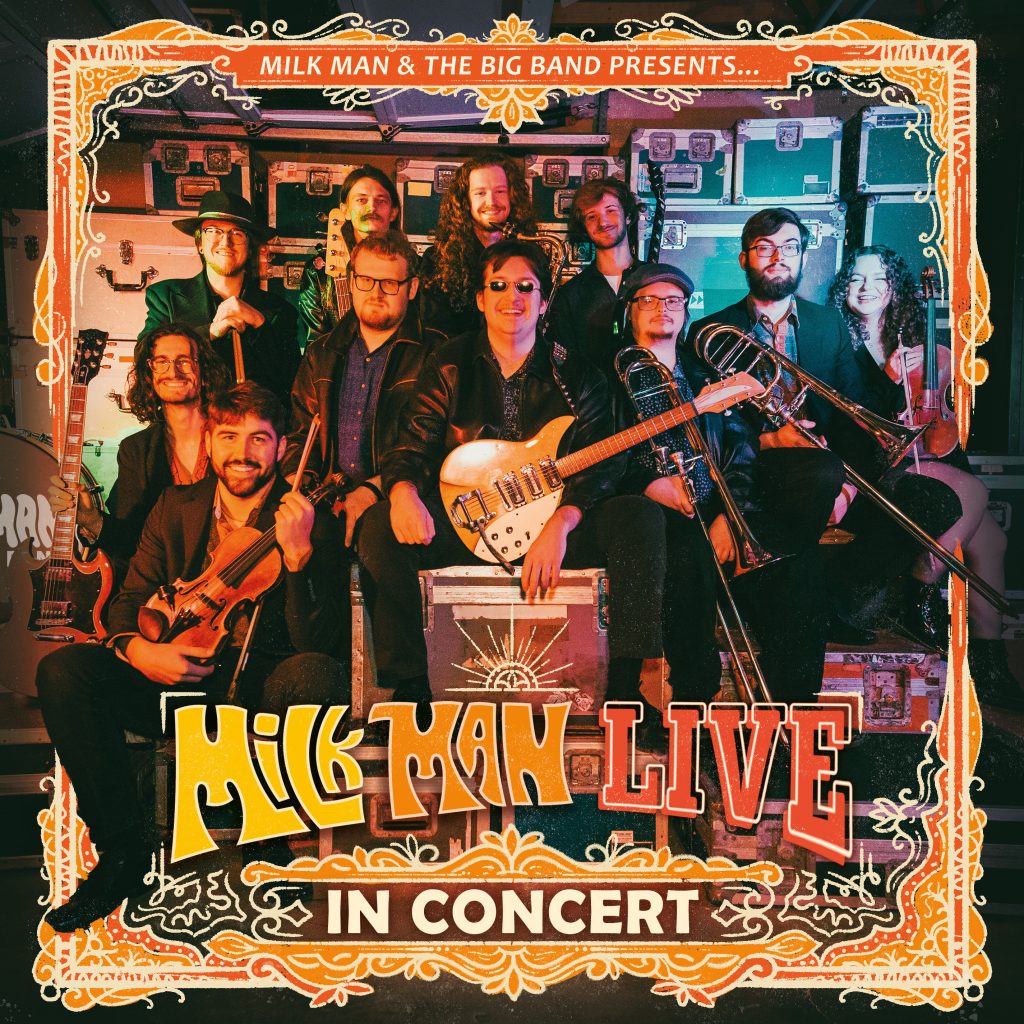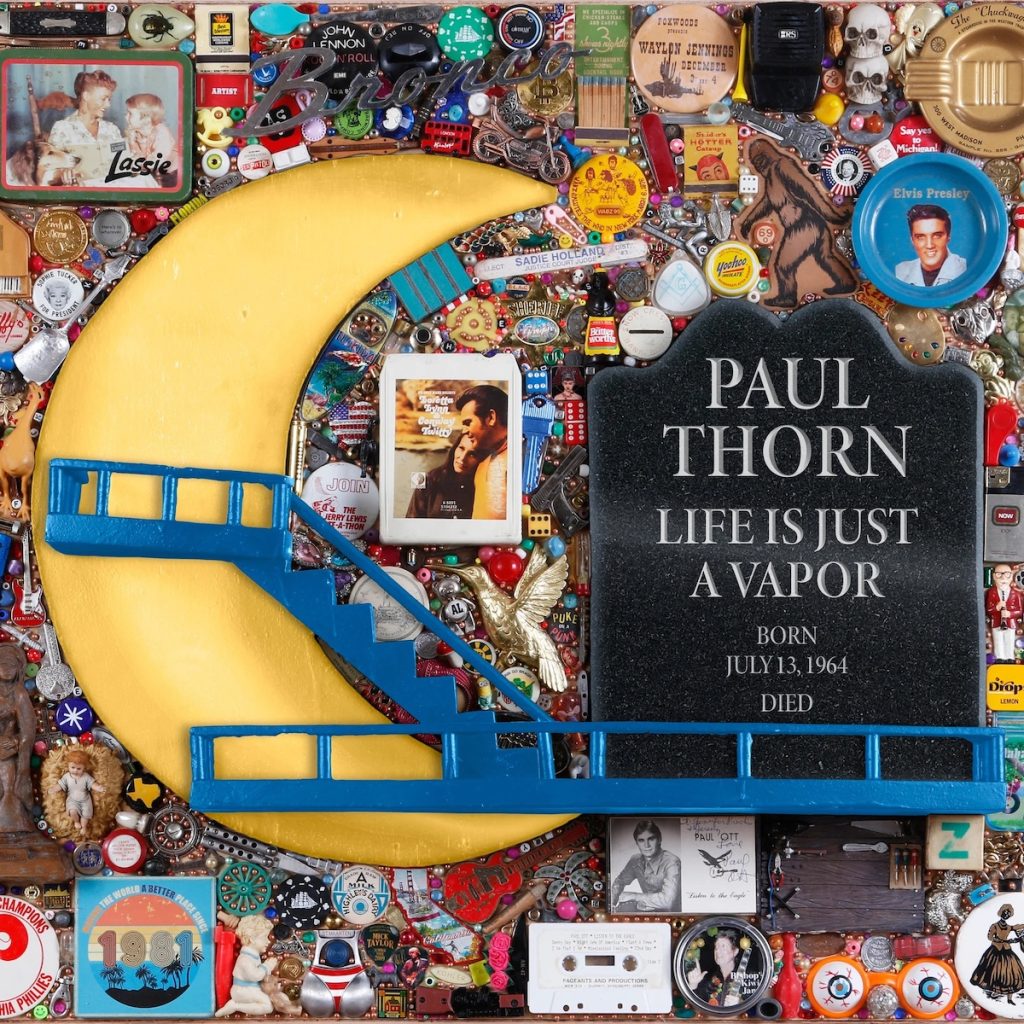This month, BLANK once again offers reviews of various albums that failed to rise to the level of mass appeal. Blame the quantity of releases rather than the quality of these particular efforts for their failure to reach a wider audience. After all, there’s any number of artists being touted as darlings of the mass media, leaving those that are equally or even more deserving to flounder unknown and unloved. Here we present another array of albums that deserve not only attention, but admiration, as well.
Sam Amidon – “Salt River”

Sam Amidon is a multi-versed singer, songwriter and multi-instrumentalist whose previous collaborations have included work with The National, The Britten Sinfonia, Beth Orton, Lonnie Holley, Marc Ribot, Kronos Quartet and The Blind Boys of Alabama, among the many. His newest effort finds him working with saxophonist and producer Sam Gendel in an effort to reinterpret and reimagine what it means to make music within a folk-song context. It’s an interesting and intriguing proposition, to be sure, whether it’s the extended instrumental “Tavern;” the melancholy mood shift of a song like “Golden Willow Tree;” the delicate designs of “Big Sky;” the stoic sensibility of “Cusseta;” or the exotic sounds expressed in “I’m on My Journey Home,” “Never” and “Friends and Neighbors.” The varied tones and textures add up to a fascinating listening experience, one that distinguishes this as an album marked by ambiance and intrigue. A singular set of songs from an artist who’s always willing to pursue his own path, “Salt River” flows with its own grace and charm.
Crys Matthews – “Reclamation”

As a proud Black lesbian woman and daughter of the South, Matthews has never been afraid to share her truths through song. Such is the case with her new album, the latest release in a celebrated career that’s reaped the praise of pundits and devotion from fans. The title is telling, as the album touches upon themes of unity and inclusion, with several songs speaking directly to the difficult issues that confront society today. “The Difference Between,” “The Bigger Picture,” “Cancel Culture,” “The Good Stuff” and “Sister’s Keeper” take direct aim at those difficulties while expressing the hopes and aspirations shared by all those who champion equality. In that way, Matthews’ music brings folk traditions into a new era. With an all-star ensemble made up mostly of women, Matthews plows through populist terrain and turns her tangled tales into stoic anthems of affirmation and pride. Those who have followed Matthews throughout her career likely know what to expect, and indeed these 16 songs and the spoken-word interlude don’t disappoint. Those new to the fold can consider her a forthright spokesperson for today’s tempestuous times – and a stunning singer-songwriter, to boot.
Springhouse – “From Now to OK” (expanded edition)

After two initial albums that won them a small but fervent following due to its indie ethos, this New York-based three-piece opted to reconvene for an aptly titled third outing. As before, the record received only a fraction of the attention it decidedly deserved, but now, thanks to the good folks at Independent Project Records, it’s been reissued as an expanded two-CD set that, in addition to the original 12 tracks, now boasts instrumental versions of the album’s original offerings; a handful of unreleased demos; live takes on the group’s earlier material; and at least one new recording, as well. Despite its disparate origins, the primary thing that all these cuts have in common is an easy and appealing sound that’s both unceasingly melodic and easy on the ears. Suffice it to say that there’s not a single clunker in the entire bunch, providing further proof that Springhouse deserve a forever home in the modern indie canon.
Laura Nyro – “Hear My Song: The Collection 1966-1995”

The late Laura Nyro was better known for the songs she contributed to other artists: “Wedding Bell Blues” and “Stoned Soul Picnic” for The 5th Dimension; “And When I Die” for Blood, Sweat & Tears; “Eli’s Comin’” by Three Dog Night; and “Stoney End” for Barbara Streisand. Nevertheless, she was a brilliant artist in her own right, widely praised by contemporaries like Elton John. Her initial run of albums ranks amongst the most exalted examples of the singer-songwriter movement of the late ‘60s and early ‘70s. Consequently, credit the good folks at Madfish Music for attempting to revive interest in this exceptional artist courtesy of an 18-disc box set that contains all her original albums, a plethora of heretofore unreleased live material and a hardcover coffee-table book that details her remarkable career in full. Although it will serve as an introduction for some, longtime admirers will delight in the fact that it brings her back to prominence. Retrieve those coins from the cushions of the couch, as the music contained in this mammoth set is well worth the investment.
John McCutcheon – “Field of Stars”

John McCutcheon found his early roots in Knoxville and Appalachia. Formerly a teacher at UT and director of arts at Epworth Ministries, he made it his life’s mission to preserve and promote traditional music. He has been successful in that effort, having been rewarded in the form of six Grammy nominations; numerous awards from the American Library Association; an honorary doctorate from his alma mater St. John’s University; and an induction into the North Central Wisconsin Music Hall of Fame. “Field of Stars” is his 45th album in a 52-year career, a remarkable accomplishment in and of itself. Like its predecessors, this record is earnest, expressive and flush with engaging tales gleaned from experiences and encounters with family and friends, as well as the simple, singular joys that come with a life well lived. Songs such as “Here,” “Hell & High Water,” “Only Ones Dancing,” “Blessing” and “Too Old to Die Young” are among the articulate offerings that typify McCutcheon’s adept engagement, both with his muse and with his audiences. Tim O’Brien, Claire Lynch and Stuart Duncan contribute to the effort, as well, adding to the absolute luminescence it has to offer. The touching, tender album may just be the performer’s best effort yet.
Joan Armatrading – “How Did This Happen and What Does It Now Mean”

Armatrading is an essential artist. While she’s had a handful of hits (“The Weakness in Me,” “Drop the Pilot,” “Walk Under Ladders,” “Call Me Names,” “Walk Under Ladders”), she’s yet to achieve the kind of widespread recognition that’s so clearly her due. Born in the Caribbean but a longtime U.K. resident, she’s been making exceptional albums for the better part of the past 50 years. Her latest effort, though, finds her still mining her muse at peak performance. The title lends an aura of intrigue to the proceedings, but that’s hardly surprising considering the fact that Armatrading is not only a passionate performer but a pointedly perceptive one, as well.
This a set comprising decidedly direct, decisive and compelling songs; the best among them are “25 Kisses,” “Someone Else,” “Redemption Love” and “I’m Not Moving,” but every track here is a formidable statement. It might be hard to imagine that Armatrading at this stage in her career has come up with a collection that rivals her earlier endeavors, but with “How Did This Happen and What Does It Now Mean” she’s clearly exceeded her own impossibly high bar.
Christopher Lockett – “A Town We Painted Blue”

An award-winning cinematographer, director, photographer and singer-songwriter, Lockett could be considered a renaissance man of sorts. He simultaneously pursues dual careers in music and filmmaking, the latter of which has taken him to festivals around the world and given his work exposure on multiple channels and platforms. He’s also released three critically acclaimed albums, as well, while also performing regularly in his native Los Angeles. With either medium, he can claim consistency as a storyteller, one who delivers tattered tales spun from his heart and soul. When that rugged regimen allows, he also shares a change in tapestry. “Down by the Riverslide,” for example, conveys an old-time bluesy shuffle before Lockett extends his shift in stance for the steady stomp shared in the song that follows, “Force Multiplier.” At other times, his persona shifts into a sound not unlike that of Johnny Cash and his insurgent outlaw brethren. Nevertheless, with producer, musician, engineer and all-round wunderkind Fernando Perdomo at the helm, “A Town We Painted Blue” finds Lockett maintaining his own particular persona: an Americana original with a demonstrative delivery and an irrepressible outlook.
Milk Man & The Big Band – “Milk Man Live In Concert”
Led by 24-year-old singer and songwriter Dino “Milk Man” Nassios, this Knoxville collective encompasses an expansive group of musicians integrating brass, strings, keyboards and backing vocals into its solid rock regimen. In the past couple of years, the group has taken East Tennessee by storm by incorporating classic standards and filtering them into its own specific musical template. The follow-up to the band’s debut, “Let Me Tell You,” this live album offers a set of songs that find Nassios’ original material fitting snugly alongside tracks by The Beatles, The Doors, Pink Floyd and more. That said, this is no mere covers outfit. The songs it selects find new life through the band’s imaginative arrangements, as well as via its members’ sheer verve and versatility. Indeed, even those who think they know such songs as the Allman Brothers’ “Whipping Post” or Lynyrd Skynyrd’s “Free Bird” will find new fascination in these revamped versions. Nassios’ ambitions and imagination work well in tandem, making this an audio experience like no other. The expression about what’s old is new again has never been demonstrated with more drive or distinction.
Antonio Andrade – “Here We Go!”

With eight previous albums and several exceptional accolades anointed upon him by the folk community, Andrade is clearly committed to his craft. It was no small distinction when his interpretation of Talking Heads’ “This Must Be the Place” on his first covers project, 2010’s “See if You Recognize This One,” was used in the movie of the same name starring Sean Penn, Frances McDormand and Judd Hirsch. His specialty involves albums that tap into classic covers, and as a result, it’s hardly surprising that this new, appropriately titled effort finds him putting his own personal spin on a series of standards.
The songs span a varied array of archival offerings: Dylan’s “Forever Young,” J.J. Cale’s “Magnolia,” CSNY’s “Ohio,” The Cars classic “Drive” and “Downtown Train,” written by Tom Waits and made famous by Rod Stewart. Other offerings include a Eurythmics-style medley of perennial pop favorites “Take Me Out to the Ballgame” and Merrily We Roll Along.” It’s an ambitious effort, to be sure, but Andrade’s distinctive vocals provide the glue that holds it all together. So while the familiarity factor weighs heavily here, the unique interpretations allow for a series of unexpected encounters.
Paul Thorn – “Life Is Just Vapor”
A product of Tupelo, Mississippi, and a frequent visitor to East Tennessee, Paul Thorn deals in eternal optimism. His live shows are a blend of humor, happenstance, positivity and engagement. He takes a no-nonsense approach to life, offering common-sense advice to get folks through hard times and emerge victorious. The title of his new album tidily sums up his philosophy: Life is a vapor, let’s live it while we can. The same mantra can be applied to today’s trouble and turbulence, which can be found in the song “Tough Times Don’t Last.”
The advice and encouragement Thorn offers is decidedly down-home but honest and engaging, which is one reason why he’s attracted such a loyal legion of devotees. “I love my life, I love my dog and I love my wife,” he sings on “Chicken Wing,” a song that typifies his combination of homilies and humility. His melodies are often stomping and straight-ahead, enough to rouse a crowd all on their own. In short, Thorn is a treasured artist who deserves to be appreciated, and this album is further proof of that fact.
lee@blanknews.com









